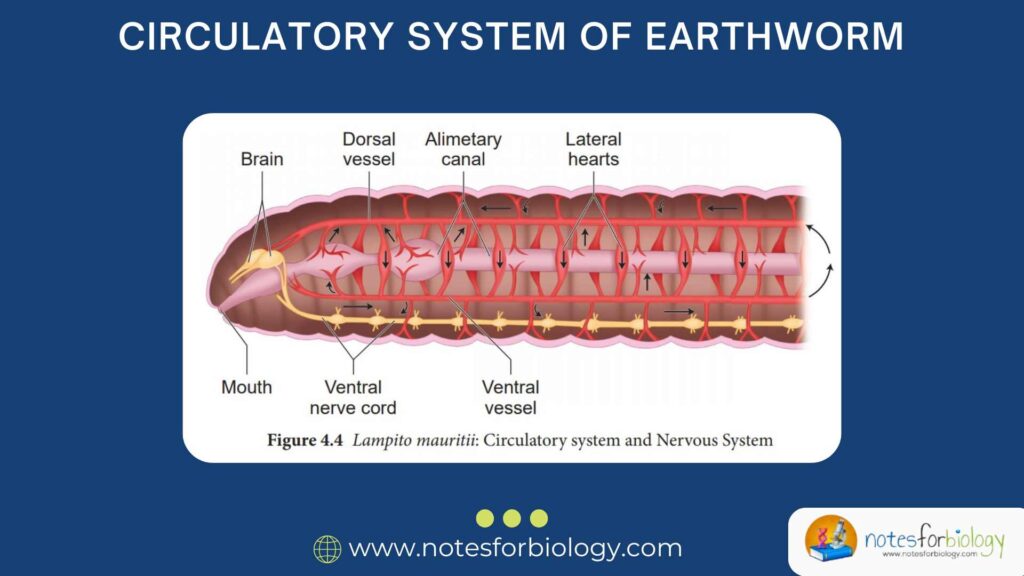Coltivirus – An Overview
Introduction Coltiviruses are a group of viruses that belong to the Reoviridae family, known to cause a feverish illness in humans known as Colorado Tick Fever (CTF). Though not as widespread as the flu, CTF and related infections are important due to their geographic association, vector (tick) involvement, and potential for misdiagnosis. Viruses are microscopic […]










